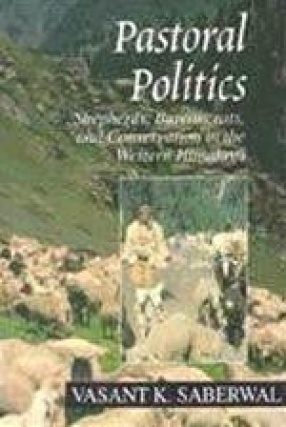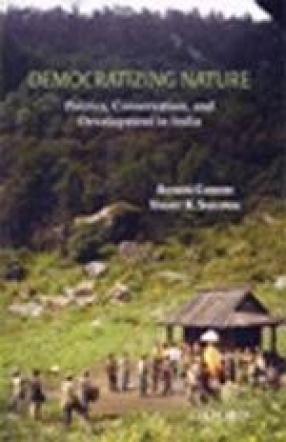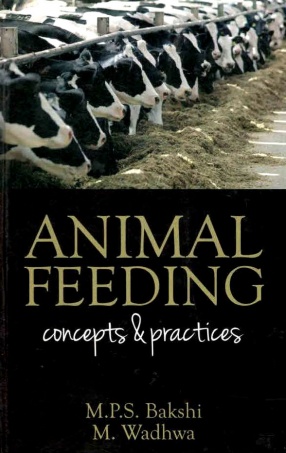This book contends that there is an alarmist rhetoric on grazing-induced degradation in the Western Himalaya. Combining field based and archival research, this study establishes an absence of empirical evidence to support the Forest Department’s claims regarding the degrading impact of shepherd land use practices. Simultaneously, the book points to the use by the Forest Department of models of forest functioning that have been discredited within ecological literature since the 1920s. The author suggests that sustained inter-departmental conflicts and political undermining of department policies have rendered the latter largely ineffective in enforcing its most restrictive policies. This ineffectiveness has ‘forced’ the Forest Department to adopt an increasingly alarmist rhetoric to support its demand for a regulatory role. The book highlights the potential for institutional and political pressures to influence the nature of conservation rhetoric as well as the direction of policies advocated by conservation agencies. Without trying to diminish the magnitude of environmental concerns in the Himalaya, the book calls for greater scepticism of the environmental alarm frequently deployed to justify the exclusion of local, and often marginal, communities from areas of conservation interest. Saberwal’s findings thus question many received wisdoms. This book is indispensable for an understanding of environmental rhetoric and government functioning and policy. Academics, environmentalists, NGOs and policy makers will find it useful.
Battles Over Nature: Science and the Politics of Conservation
In this book, biologists, ...
$39.60
$44.00







There are no reviews yet.